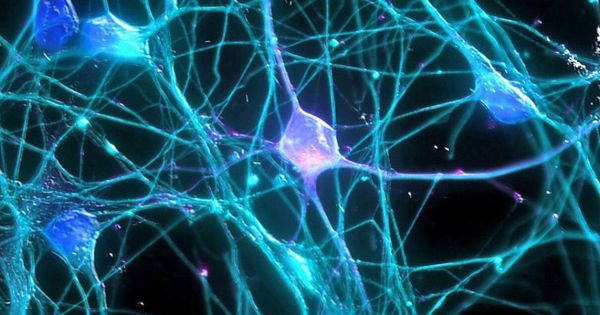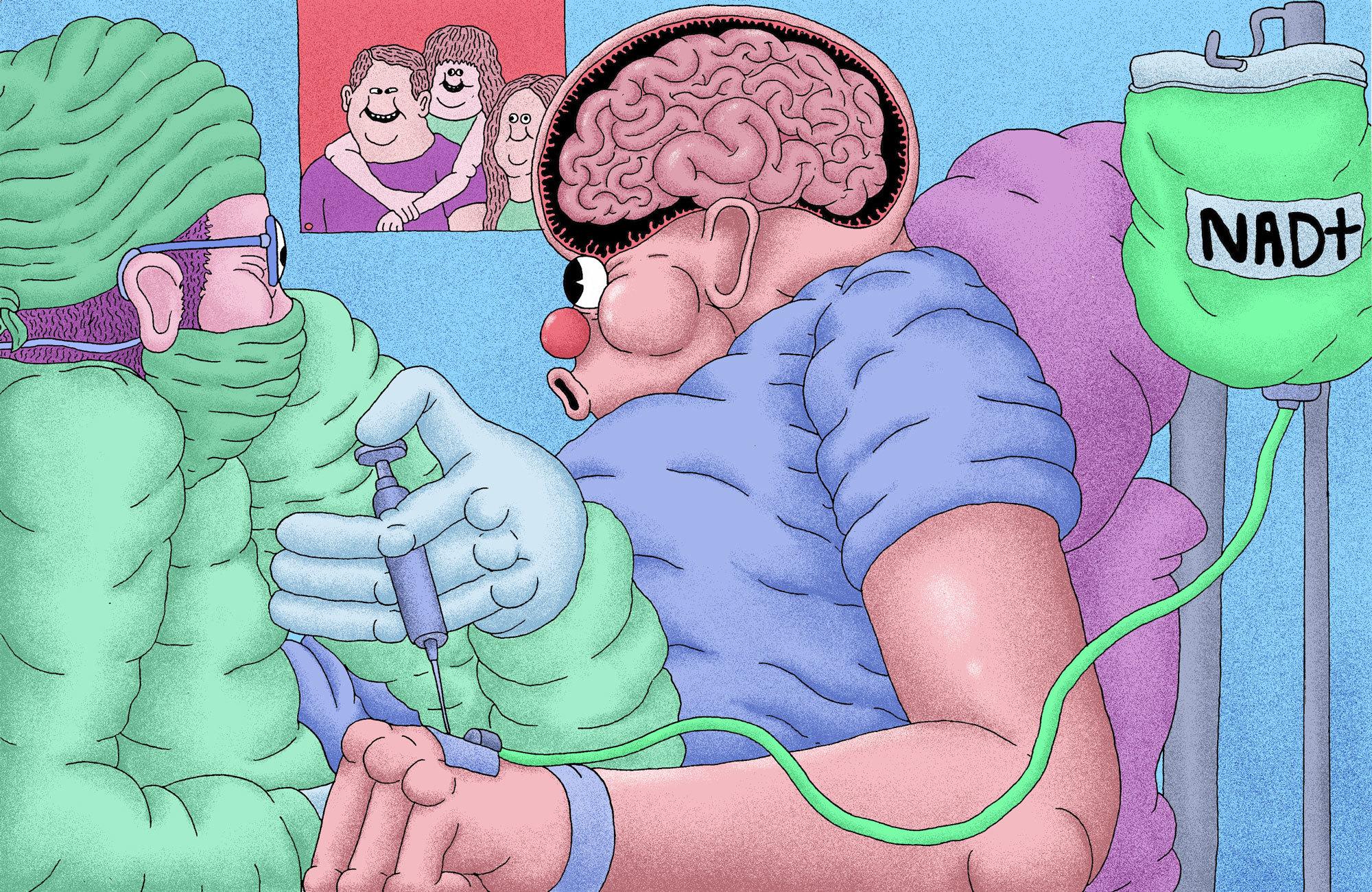Time to get the toothbrush out and brush for longevity!
For decades, research has suggested a link between oral health and inflammatory diseases affecting the entire body — in particular, heart attacks and strokes.
The results released today from a randomized trial of a novel plaque identifying toothpaste, (Plaque HD®), show statistically significant reductions in dental plaque and inflammation throughout the body. Inflammation throughout the body is accurately measured by high sensitivity C-reactive protein (hs-CRP), a sensitive marker for future heart attacks and strokes. These results, published today online ahead of print in the American Journal of Medicine, with an accompanying editorial by the editor-in-chief, show that Plaque HD®, produced statistically significant reductions in dental plaque and inflammation throughout the body as measured by hs-CRP.
In this trial, all randomized subjects were given the same brushing protocol and received a 60-day supply of toothpaste containing either Plaque HD® or an identical non-plaque identifying placebo toothpaste. To assess dental plaque, all subjects utilized a fluorescein mouth rinse, and intraoral photographs were taken under black light imaging. For hs-CRP, levels were measured by an independent laboratory using an enzyme linked immunosorbent assay.






